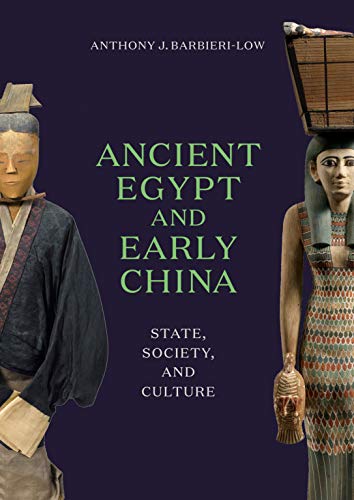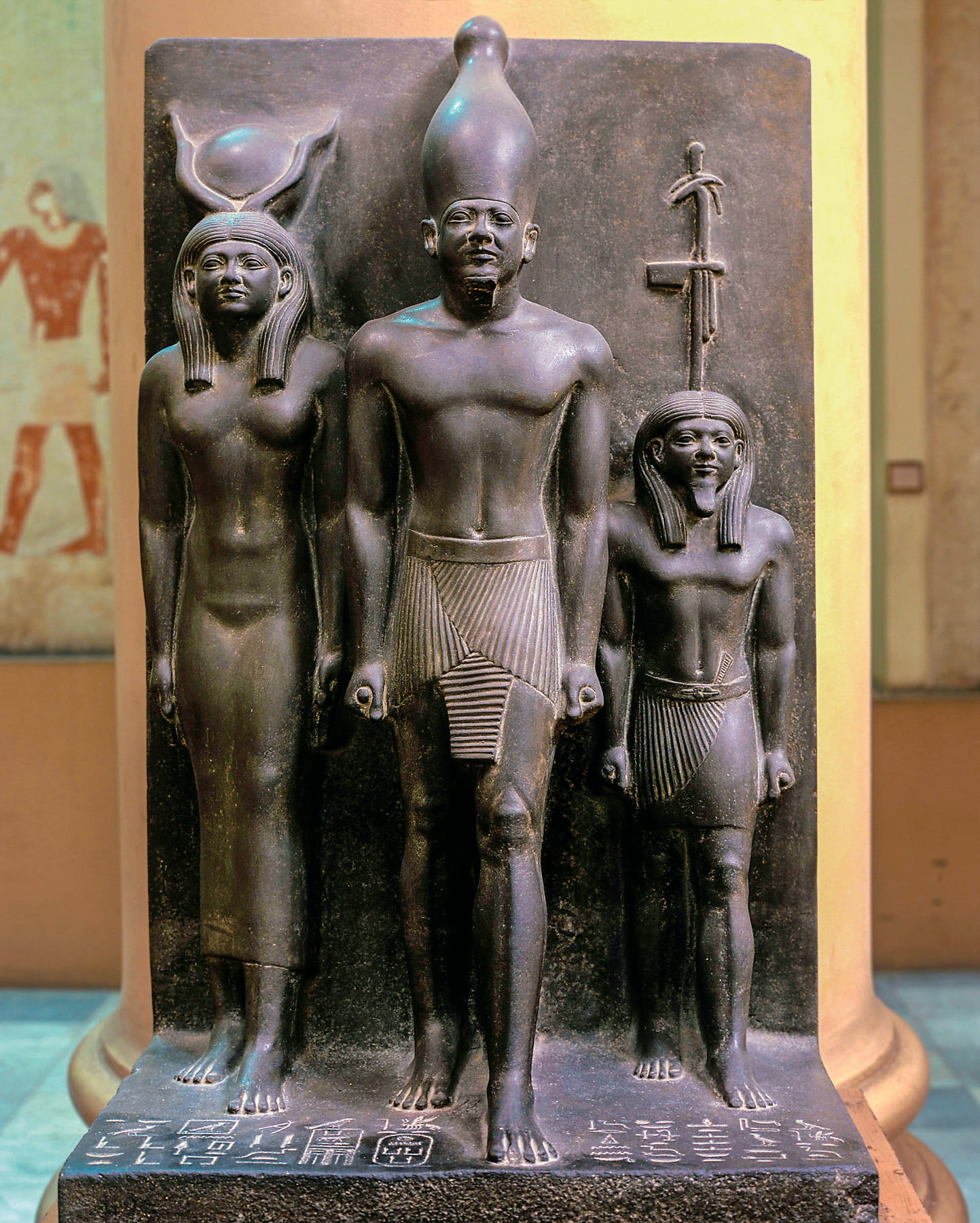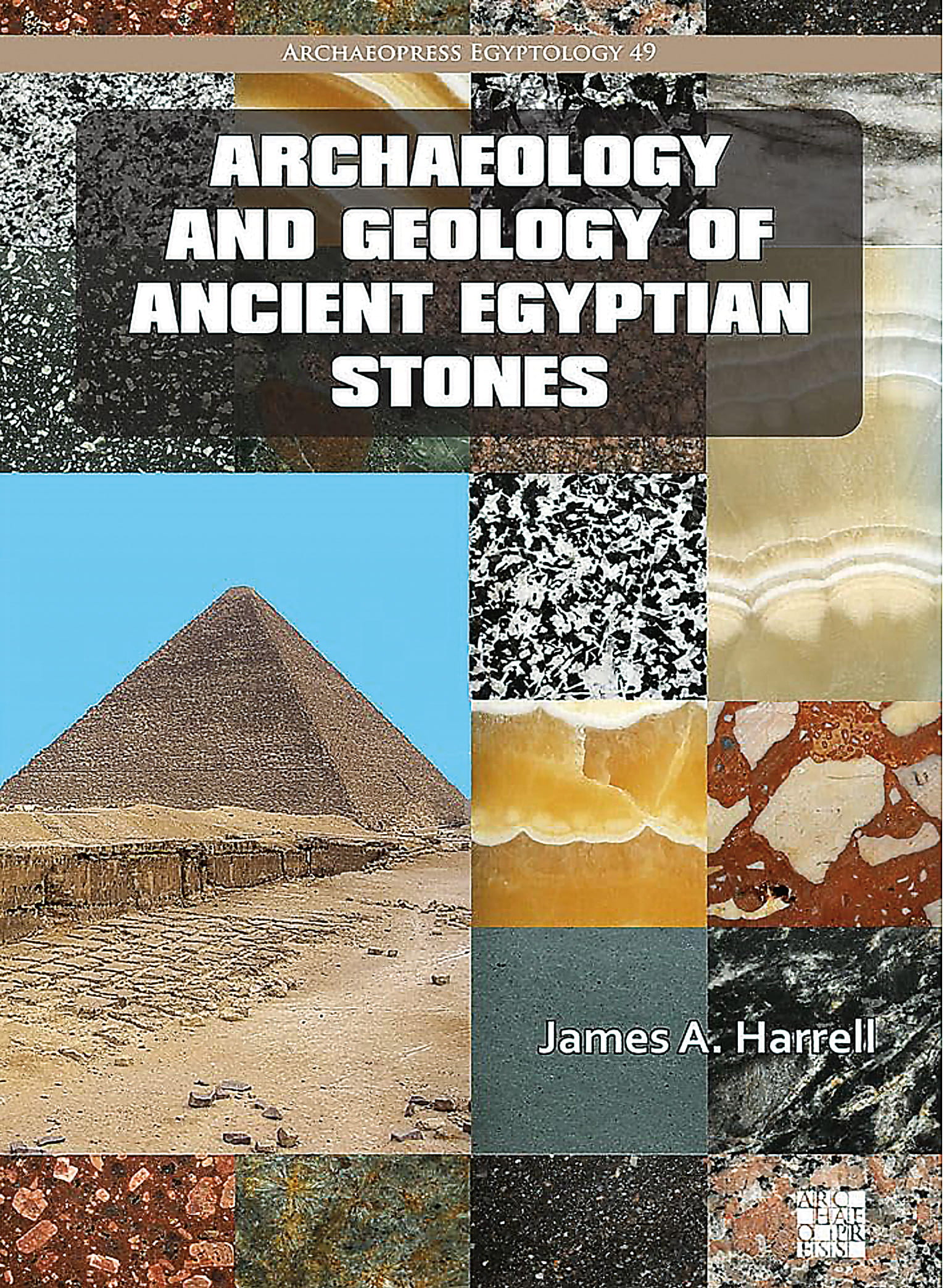
Ancient Egypt and Early China: State, Society, and Culture
Tom Verde
Anthony J. Barbieri-Low
University of Washington Press, 2021.
“[W]hile comparability does not necessarily require underlying similarities, Han China and New Kingdom Egypt do share some structural similarities and convergent developments that make the comparison quite compelling.”
—From Ancient Egypt and Early China
—Tom Verde
You may also be interested in...

The Legacy of Egyptologist George Reisner—Our Book Review
When George Reisner died in 1942, he did so surrounded by ghosts—not just the pharaohs he’d unearthed but the stacks of unpublished notes that entombed his legacy.
Archaeology and Geology of Ancient Egyptian Stones—Book Review
In categorizing the stones the ancient Egyptians used, author James A. Harrell unites geology, archeology and cultural history in one monumental reference.